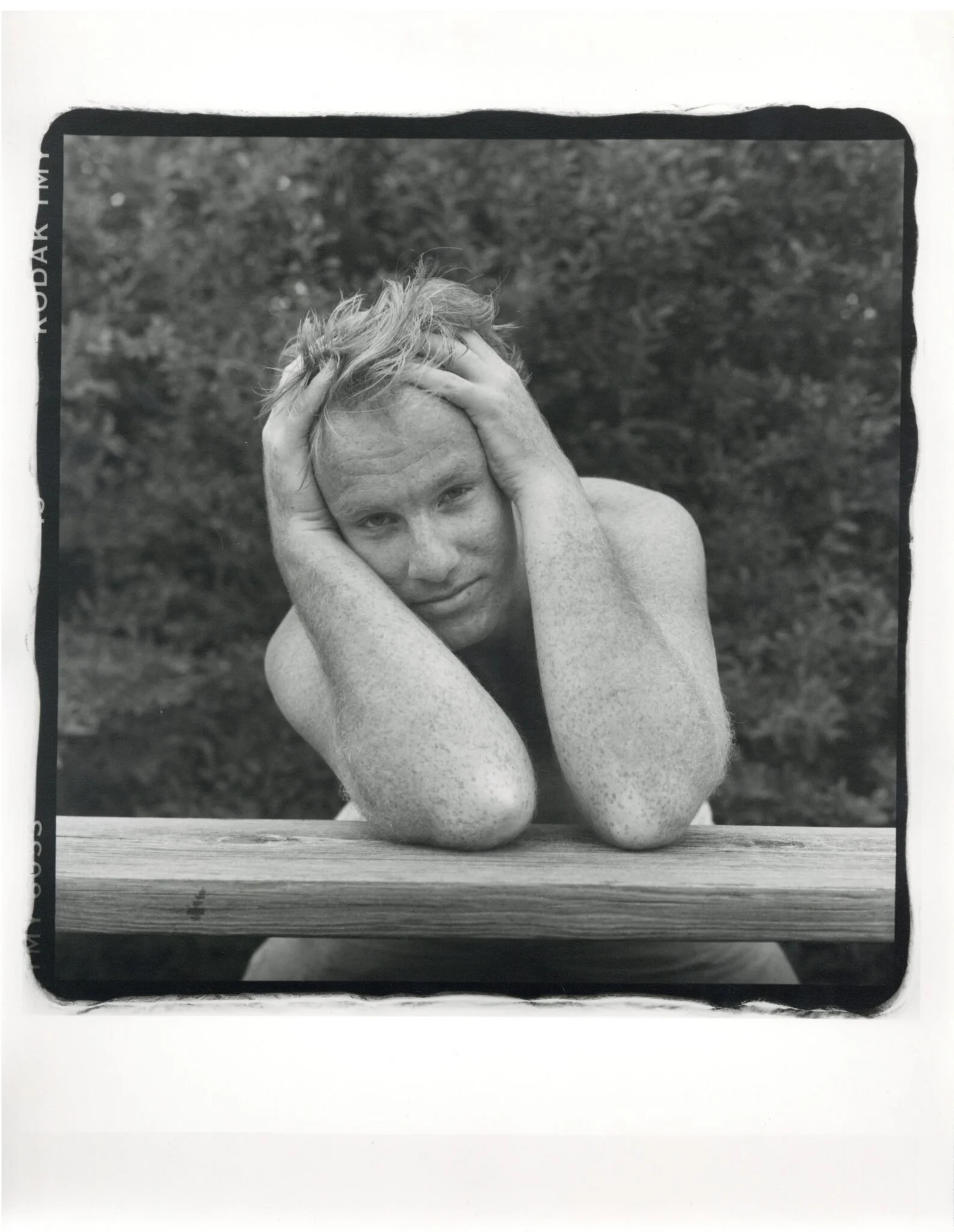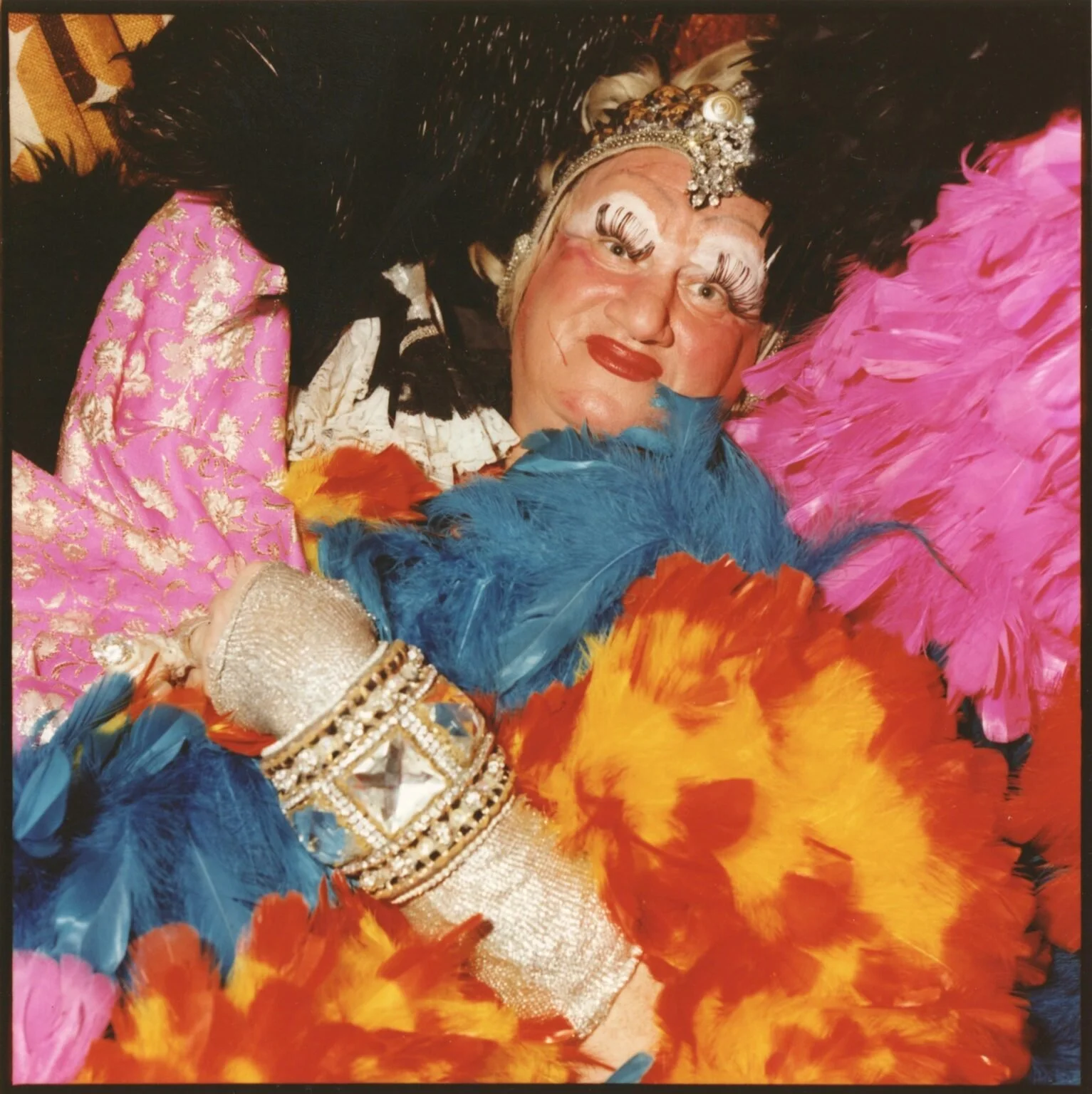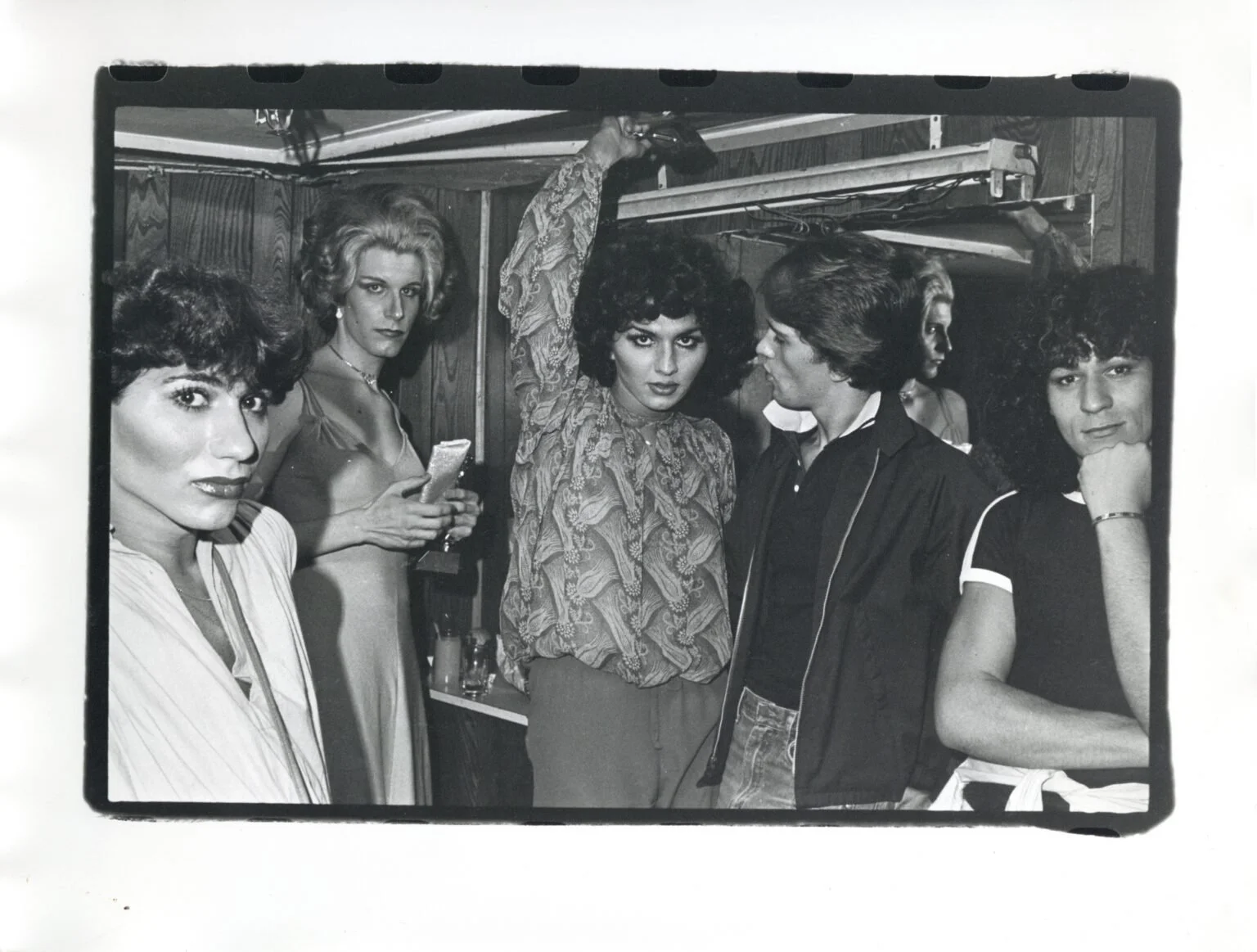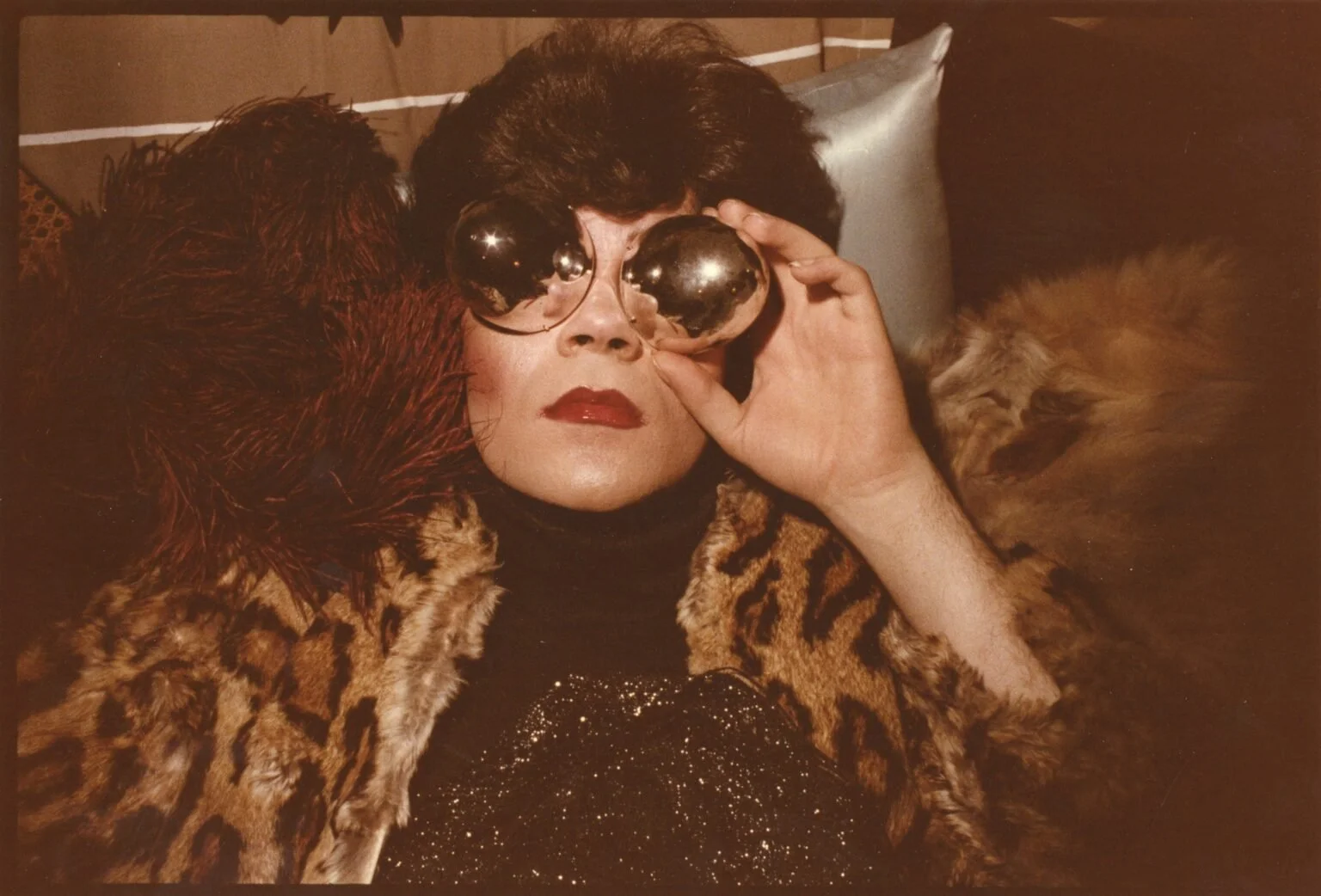PHOTOGRAPHY: Exploring the Untold Legacy of Jason Byron Gavann: A Chronicler of Queer Life in Boston
The Right Field (Jack Pierson), 1997.Jason Byron Gavannhas made a significant mark on queer photography in Boston and Provincetown. Despite being contemporaneous with acclaimed "Boston School" photographers like David Armstrong, Nan Goldin, Mark Morrisroe, and Jack Pierson, Gavann has largely been omitted from mainstream histories. His striking images, however, speak volumes about the vibrant queer nightlife and communities from the 70s to the 90s.
Sylvia Sidney, ca. 1983.Colette in her dressing room, 77-78.In a recent exhibition, "As the World Burns: Queer Photography and Nightlife in Boston," curated by Jackson Davidow and displayed at the School of the Museum of Fine Arts, Boston, Gavann's work from the gay bar Together's is prominently featured. Davidow first visited Gavann's loft in the Artists Building in Fort Point a year-and-a-half ago, beginning a journey of uncovering Gavann’s artistic contributions.
Gavann's early fascination with black and white Hollywood films and a pivotal photography course at UMass, guided by Warren Hill, led him to start documenting his friends—young, queer individuals navigating their identities in a less accepting era. This group included runaways, hustlers, drag queens, and lost youth, primarily from poor backgrounds in East Boston. Together, they found solace and community in places like Hayes-Bickford and later, the club Together's on Boylston Street.
Norell, ca. 1977.Gavann’s journey from photographing street life to fashion photography in Italy underscores his versatility and creative drive. His work extended beyond photography; he thrived as a beauty advisor, makeup artist, and even a caterer. His international travels and diverse artistic endeavors further enriched his perspective.
Mark Morrisroe at the Victory Hotel, ca. 1981. Despite the challenges and the often harsh realities faced by his subjects, Gavann’s photos exude a sense of magic and self-expression. His ability to capture the essence of his friends, their transformations, and their struggles, highlights his unique artistic voice.





